A stunning red 1972 Dodge Charger with a half-vinyl roof, imported to Sweden in 2012 – does that sound appealing? Interest in the 1971-74 Charger models is skyrocketing, particularly as the value of the 1968-70 models has remained high for years, both in the U.S. and Europe.
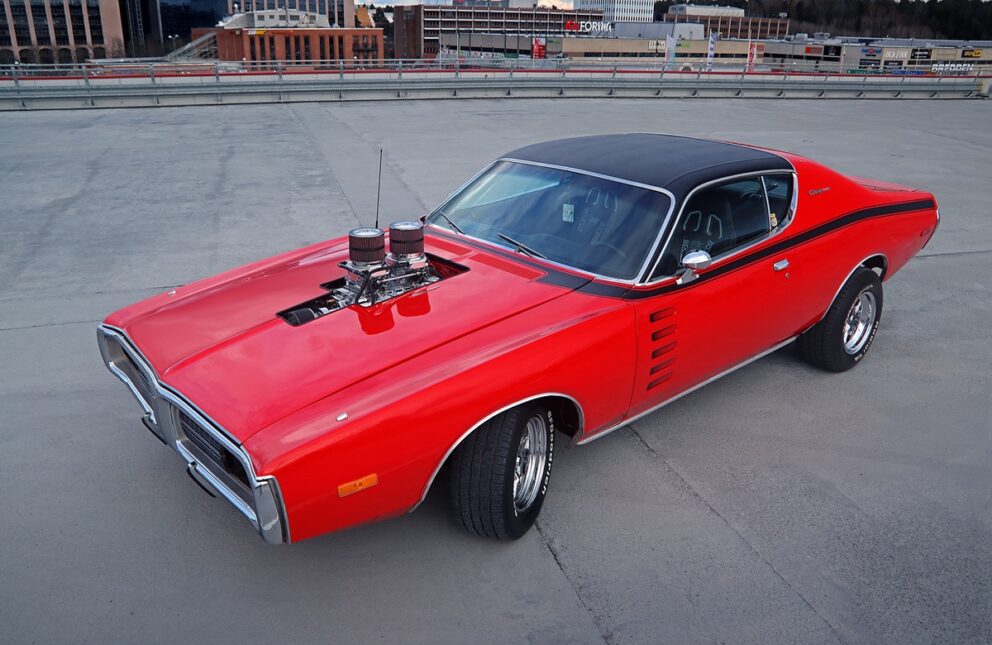
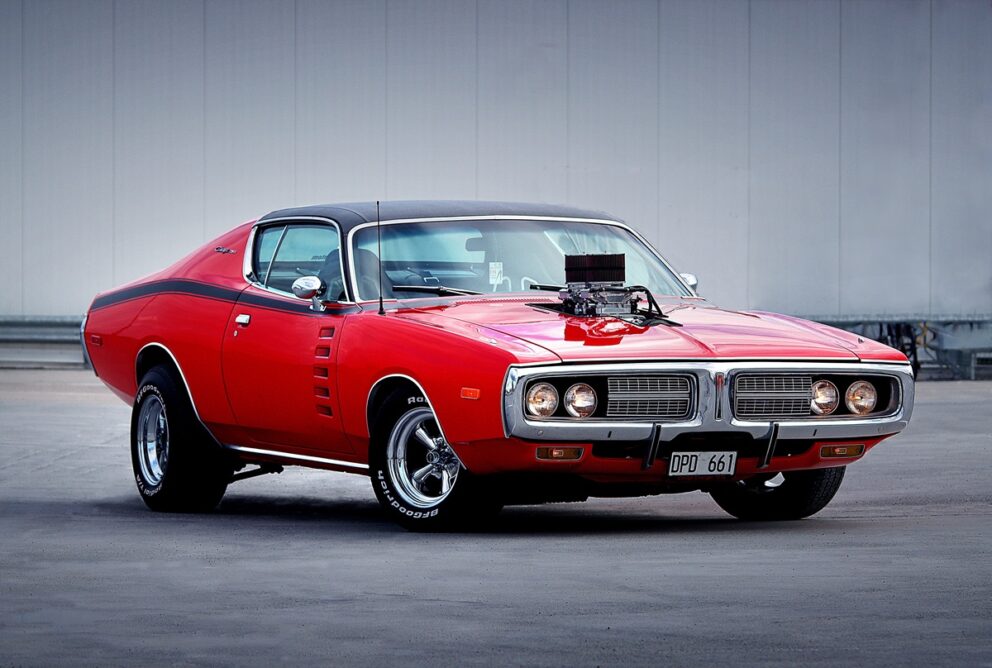
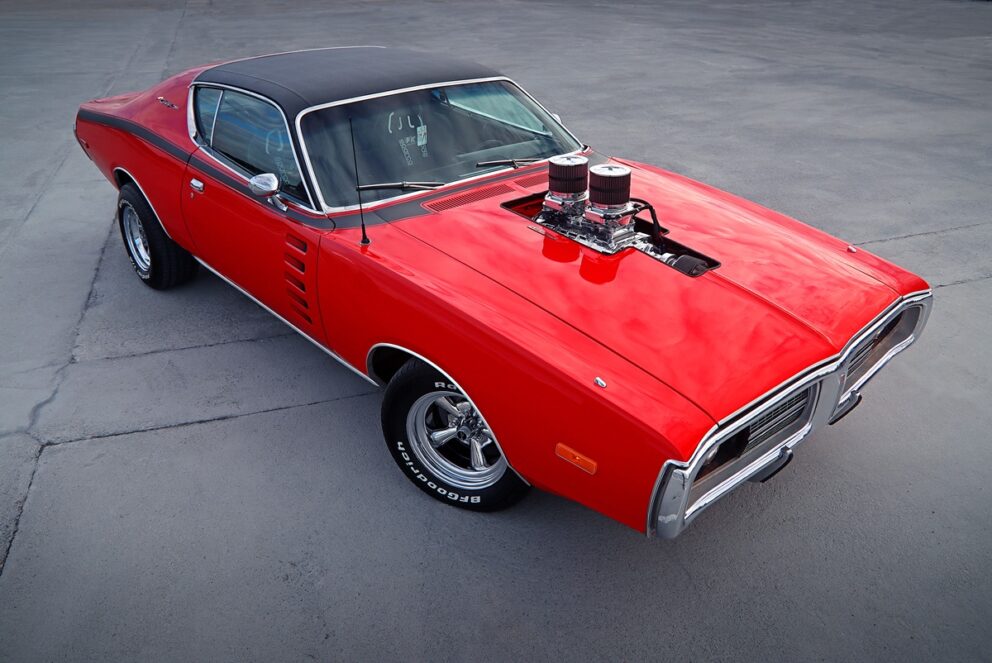
Conny Hollgren purchased his Dodge in July 2019 as a car for longer drives, a contrast to the 1932 Ford hot rod he also owns. At least that was the plan. “It barely took a month before things got out of hand,” Hollgren says.
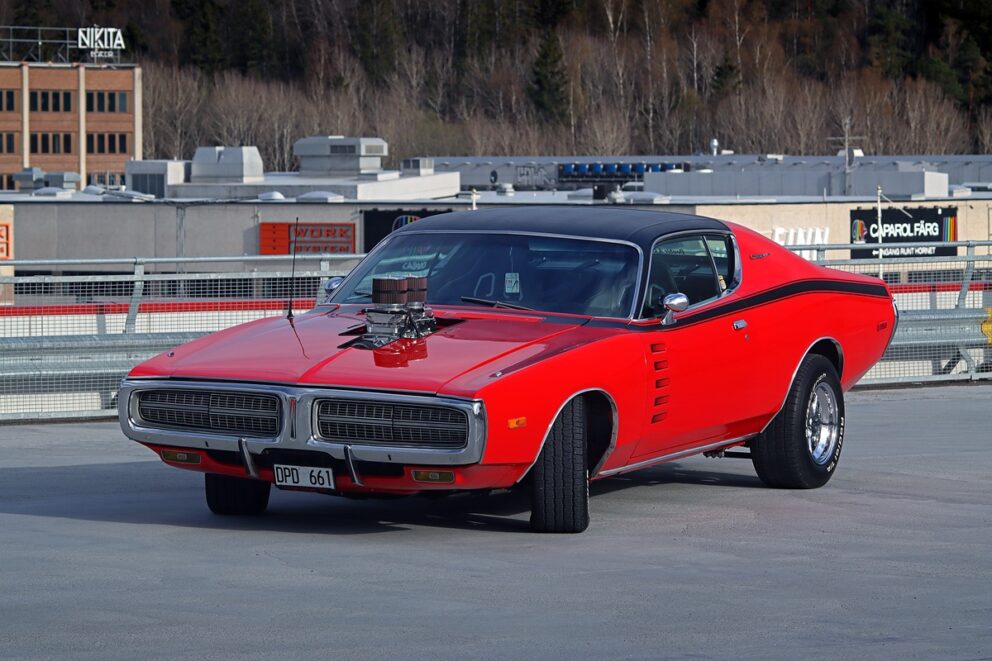
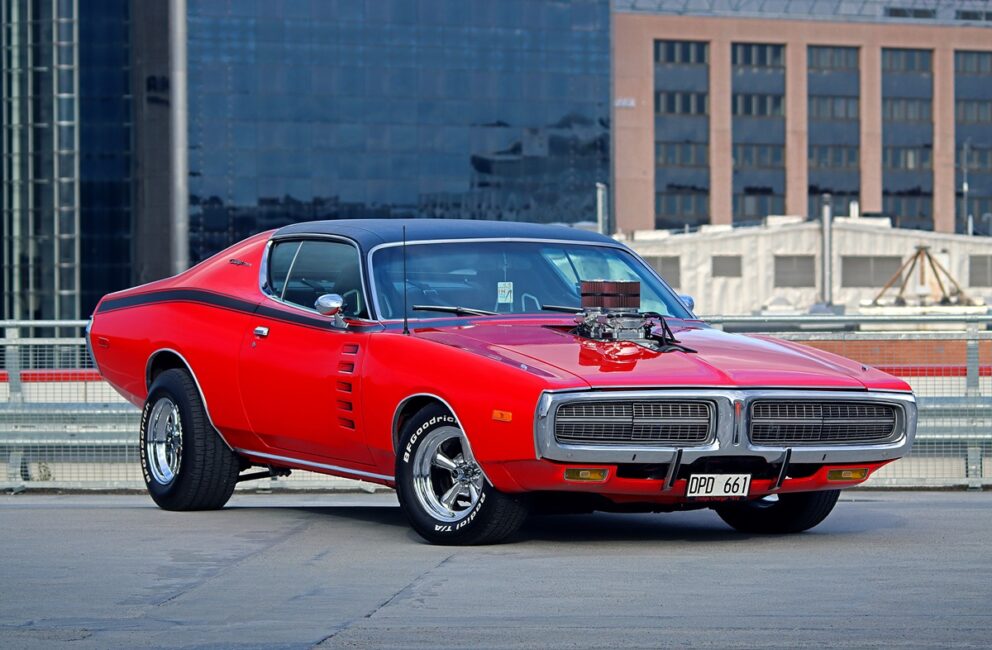
Yeah, that’s how long it took him to decide on his next move – buying a Mooneyham 10-71 supercharger…
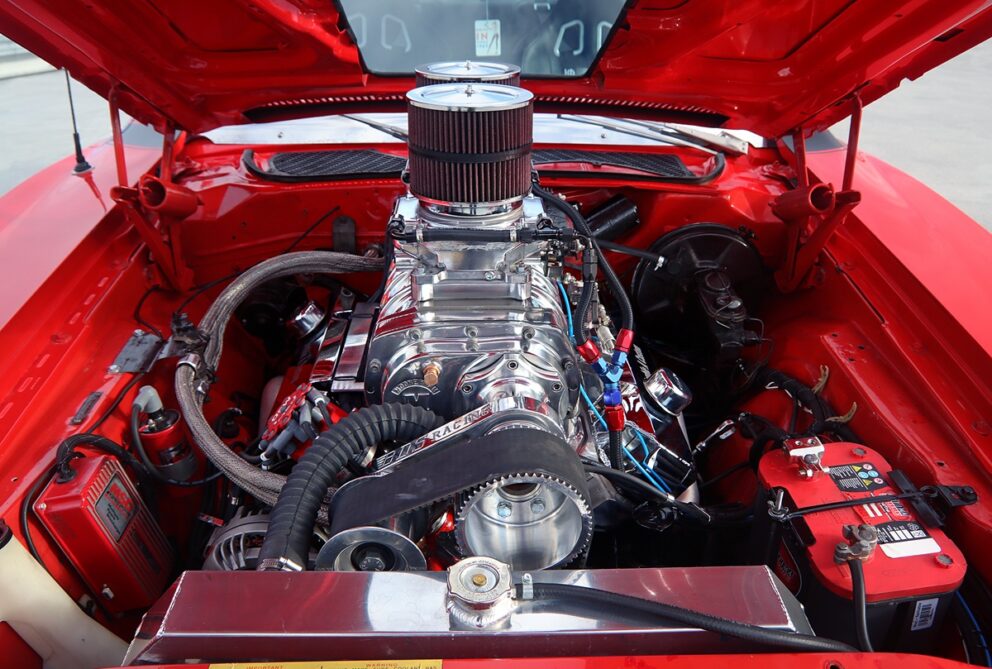
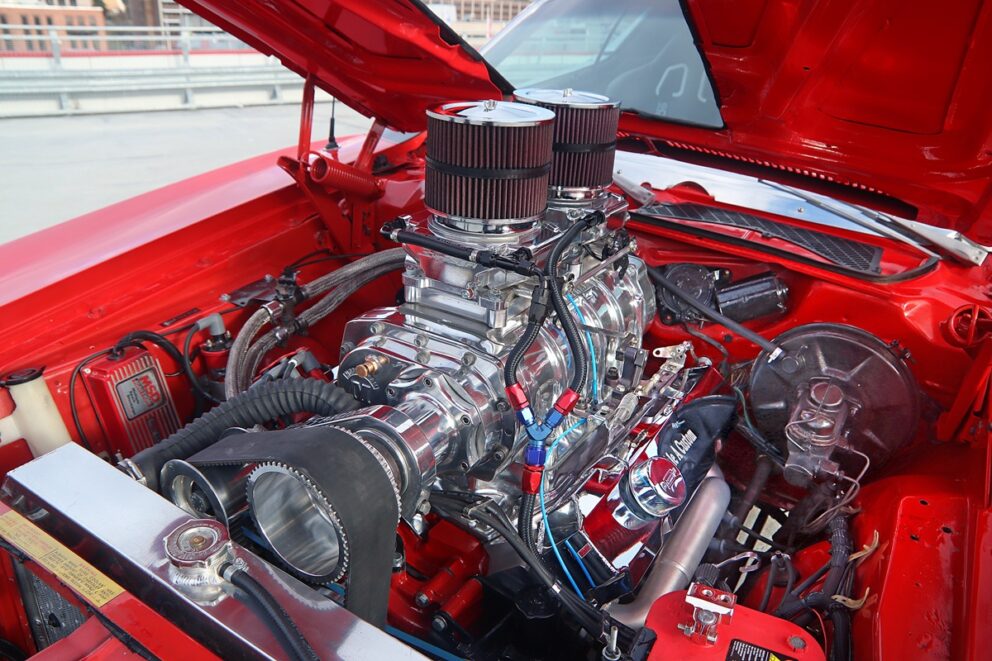
“After just one month, I tore apart the engine – a stock 440 from 1971 – that was installed in the car. I rebuilt the V8 over the winter, and I think I did a pretty solid job. Everyone said I was basically an idiot for putting the V8 together the way I did, claiming it wouldn’t hold up. While the engine might not have run perfectly, I still drove it all through the following summer,” Hollgren explains.
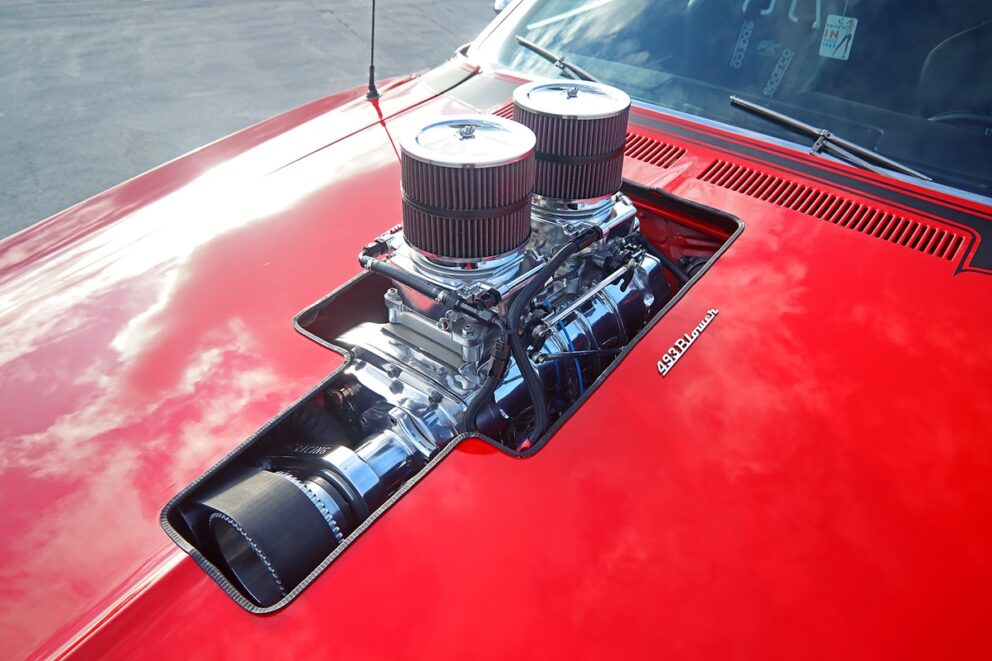
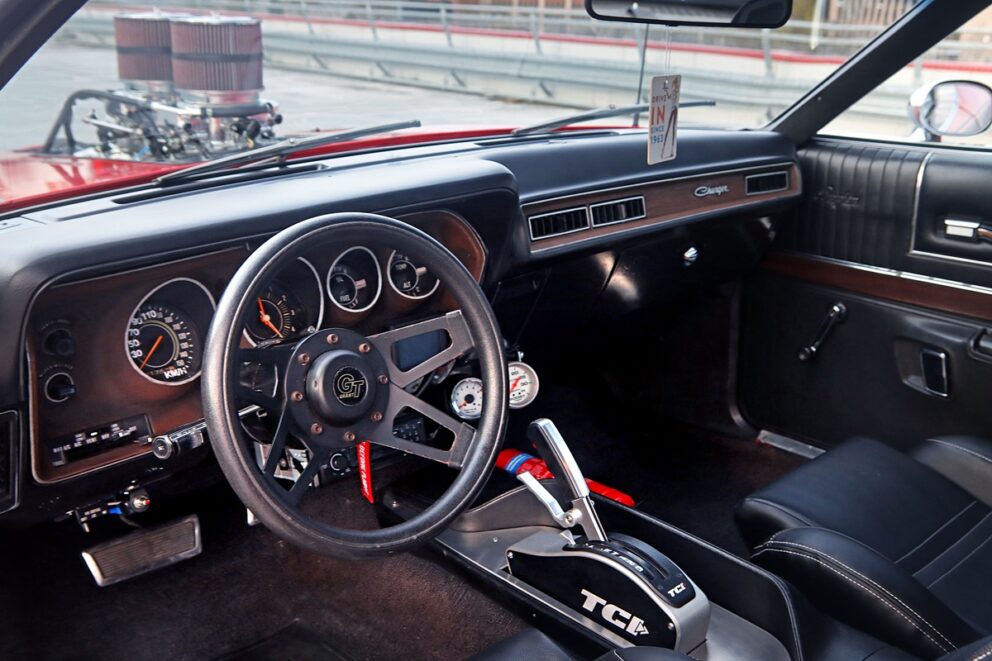
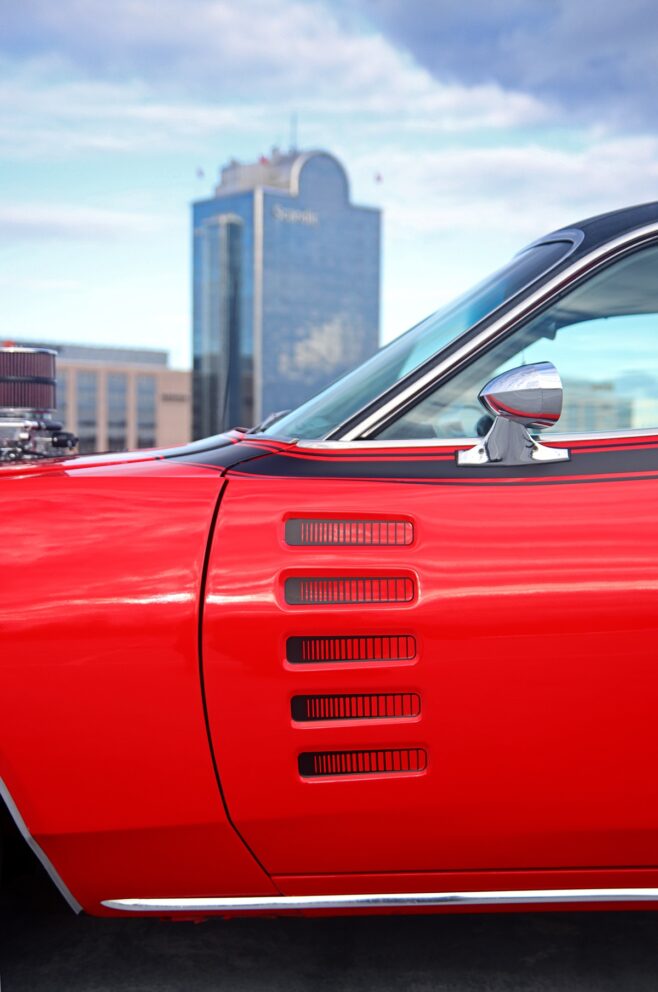
The saying goes, “If you want something done right, do it yourself.” However, Hollgren quickly realized that a bit of professional assistance wouldn’t hurt. After some research, he turned to Anders Andersson at Double A Custom, a firm renowned both in Sweden and internationally for its top-tier craftsmanship.
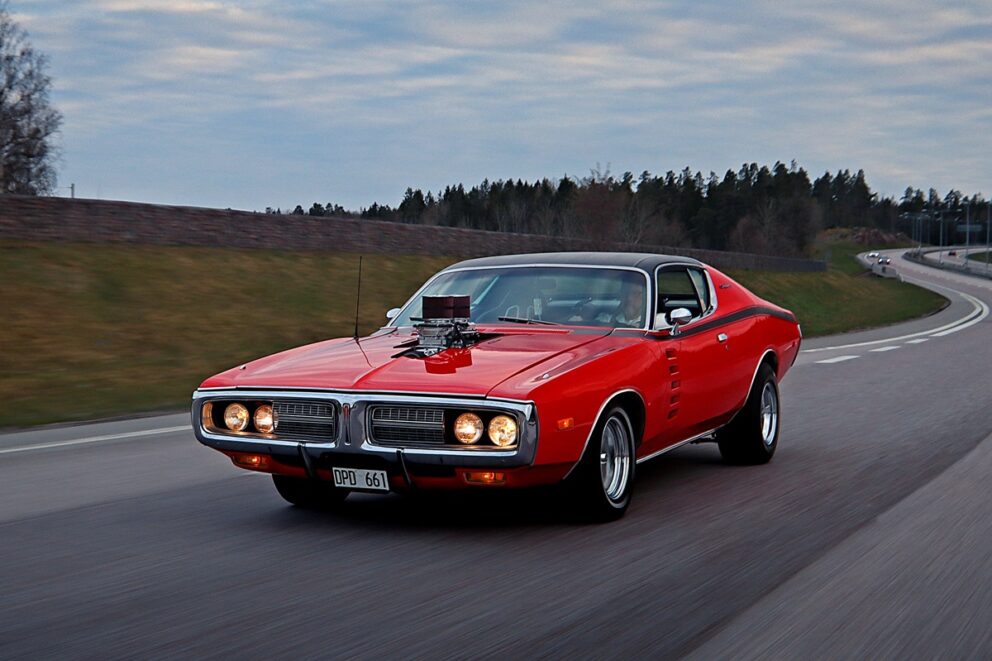
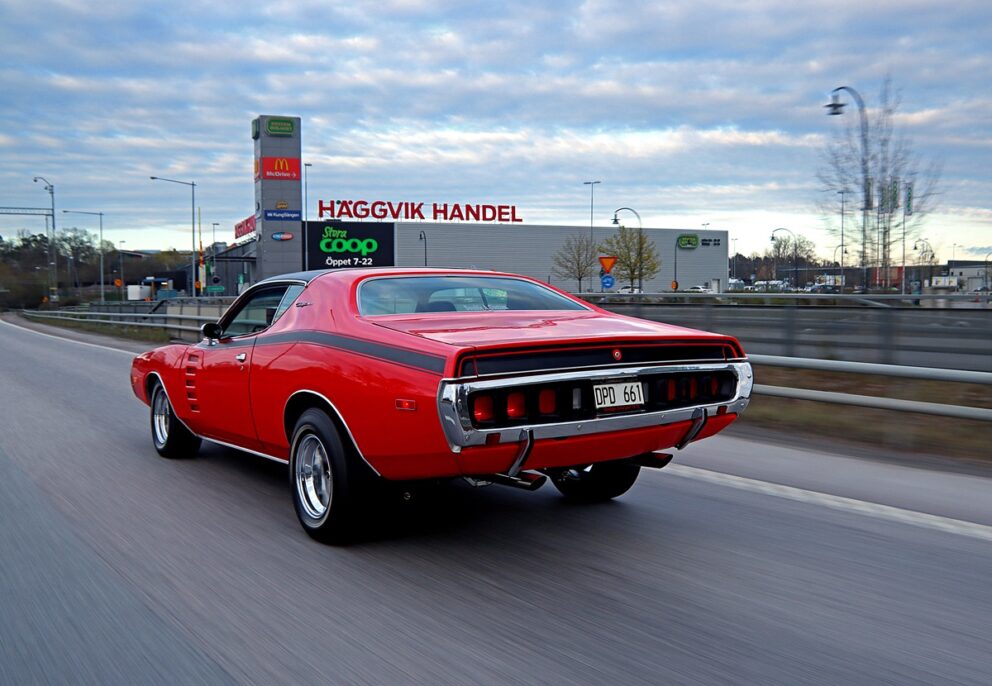
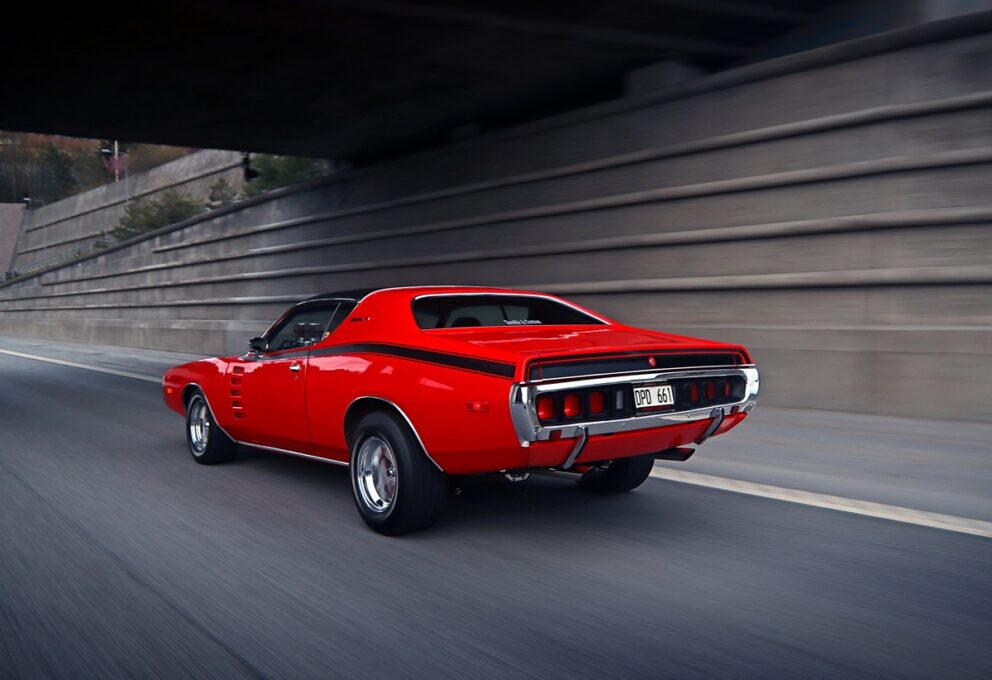
“Andersson built an incredible 493 cui with the 10-71 supercharger and a Holley Sniper EFI system for E85. He also replaced the driveshaft and reinforced the transmission, modifying it with reverse manual valve body. I had previously swapped the rear axle for a 9 1/4 with a limited-slip differential, but Anders replaced it as well and changed the gear ratio to 3,91:1.”
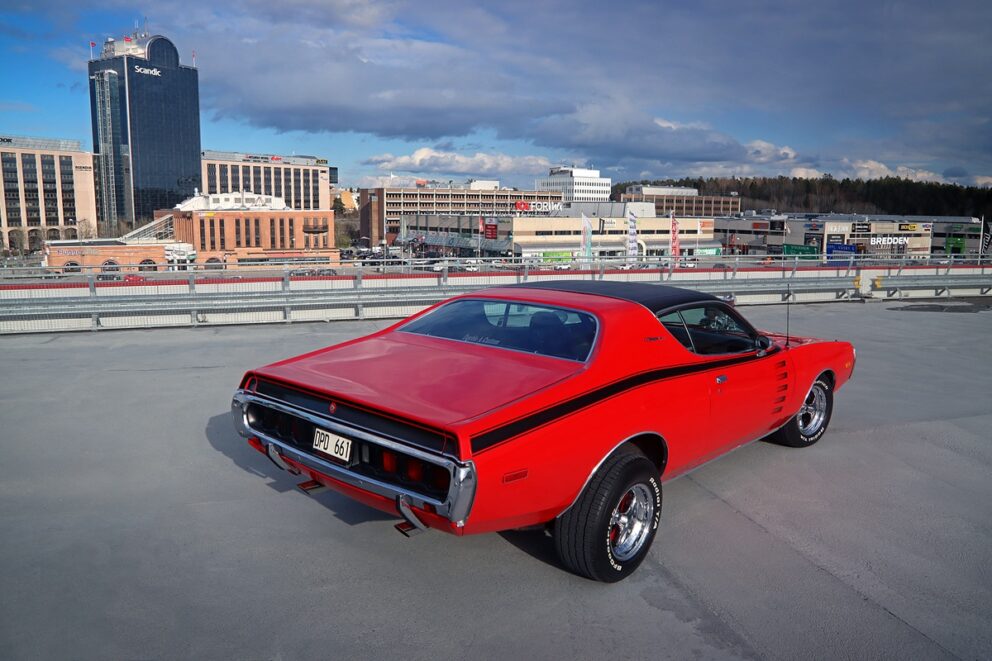
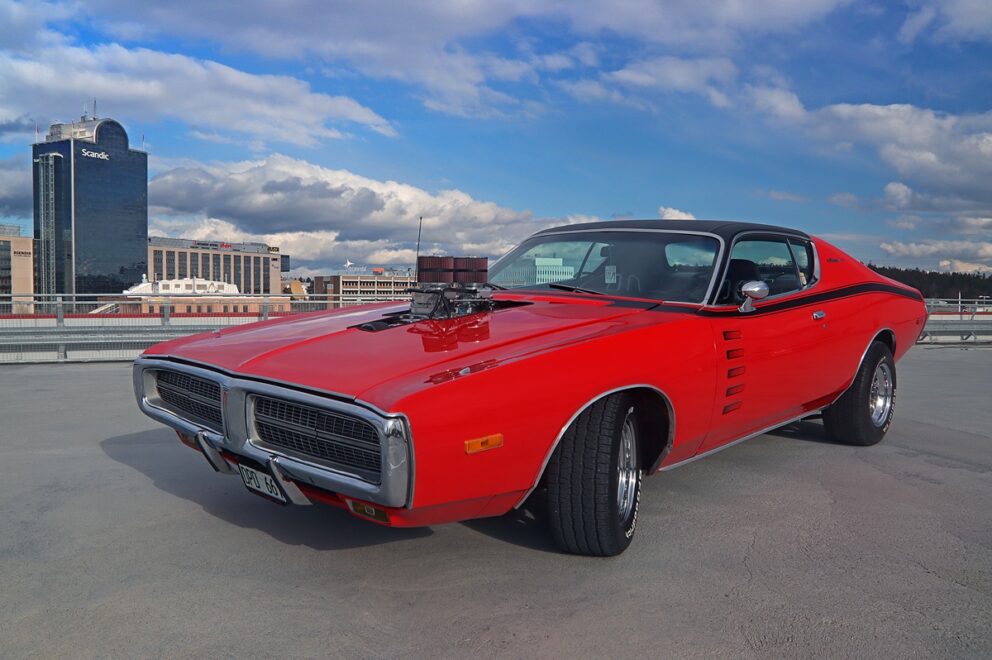
As for the half-vinyl roof, it’s a feature that tends to divide opinions as sharply as Moses parting the Red Sea. Personally, I appreciate it for its contribution to the car’s lines, and Hollgren shares this view.
“With the vinyl roof, the car’s lines look even better. As for the wide rear tires that aggressively poke out of the wheel wells and the elevated rear stance, I think I nailed the look. This was the style back in my twenties when I was cruising around town.”
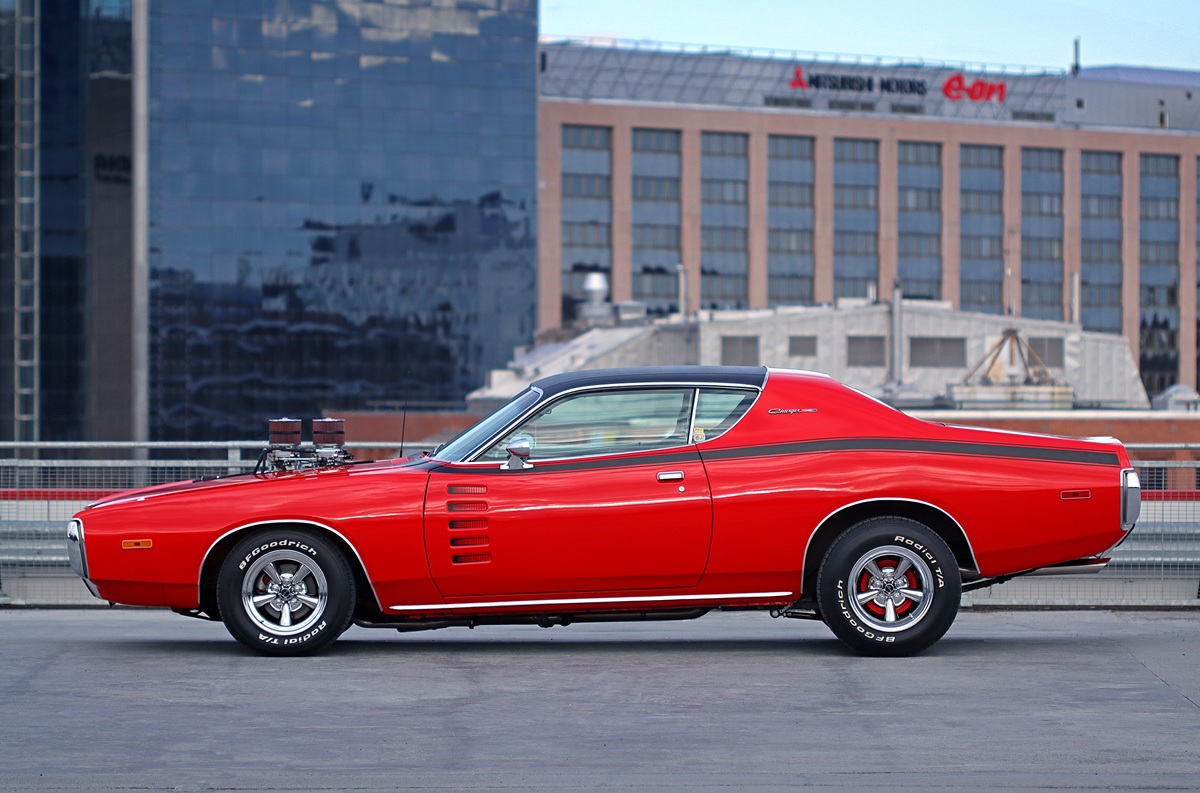
Hollgren hasn’t had to do much to the interior, which was in excellent condition when he bought the car.
“I think the dashboard was replaced earlier, but otherwise, everything is great. I installed more comfortable seats and four-point harnesses. I also added a new shifter – a pistol grip handle from TCI.”
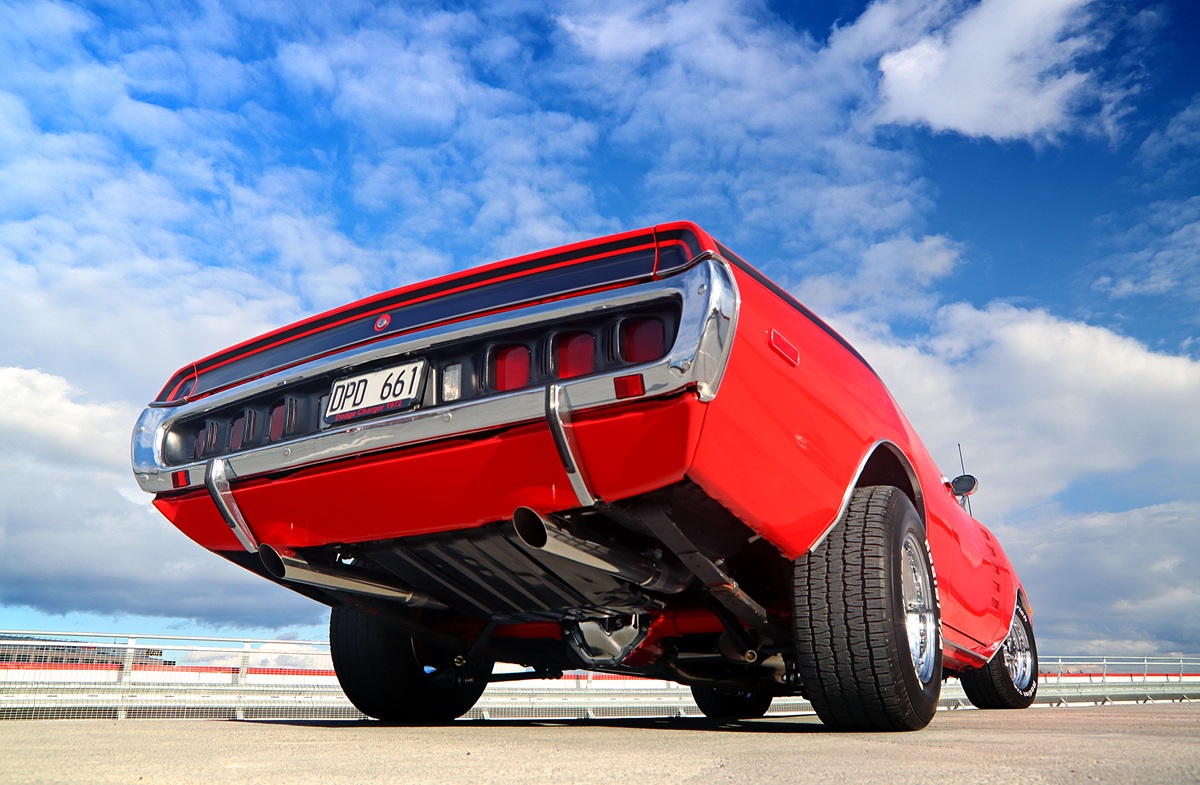
The engine, a stroked 440, now displaces 493 cubic inches thanks to a 4,35-inch bore and a 4,15-inch stroke. The crankshaft is forged 4340 steel, and the H-beam connecting rods are paired with Icon pistons featuring a 24cc dish, resulting in a static compression ratio of about 9,3:1. Aluminum heads from Anab, a COMP Cams Magnum 305H hydraulic camshaft and steel roller rockers with a 1,5:1 ratio round out the setup. Chrome-moly pushrods (5/16-inch) and a high-volume oil pump are key to the V8’s performance. Fuel delivery is handled by dual Holley Sniper EFI units, supported by a robust E85 fuel system that features a high-volume mechanical pump feeding a 3-liter catch tank near the engine, from which twin electric pumps handle the rest.
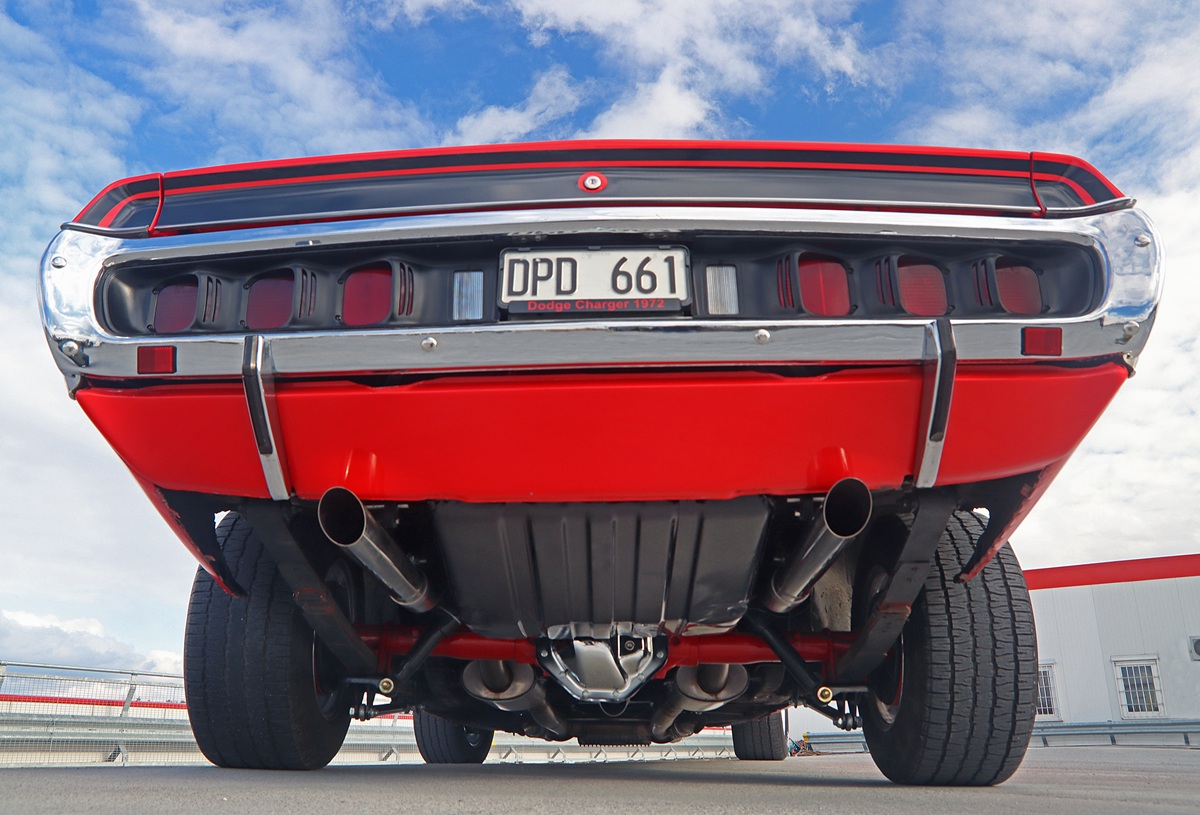
As for power output, Dr. Ernie – a well-known Swedish engine builder – dyno-tested the engine, which achieved a peak of 780 horsepower and 1,055 Newtonmeter of torque at 8,6 psi of boost. These are numbers Hollgren can proudly stand behind.
Are there other noteworthy details? Of course. The driveshaft is made of chrome-moly steel with 1350-series joints, the headers are by TTI, and the rest of the exhaust system is stainless steel with 3-inch pipes and cutouts. Additionally, the Charger features hi-jacker air shocks, and adjustable traction bars from Caltracs stabilize the rear suspension.

How did Hollgren end up with this beast of a car – a ferocious Dodge bursting with attitude?
“I’ve always had a deep passion for cars, and it’s been pretty extensive in terms of the variety of vehicles I’ve owned. It all started when I got a 1965 Ford Mustang at 17, which I began restoring.”
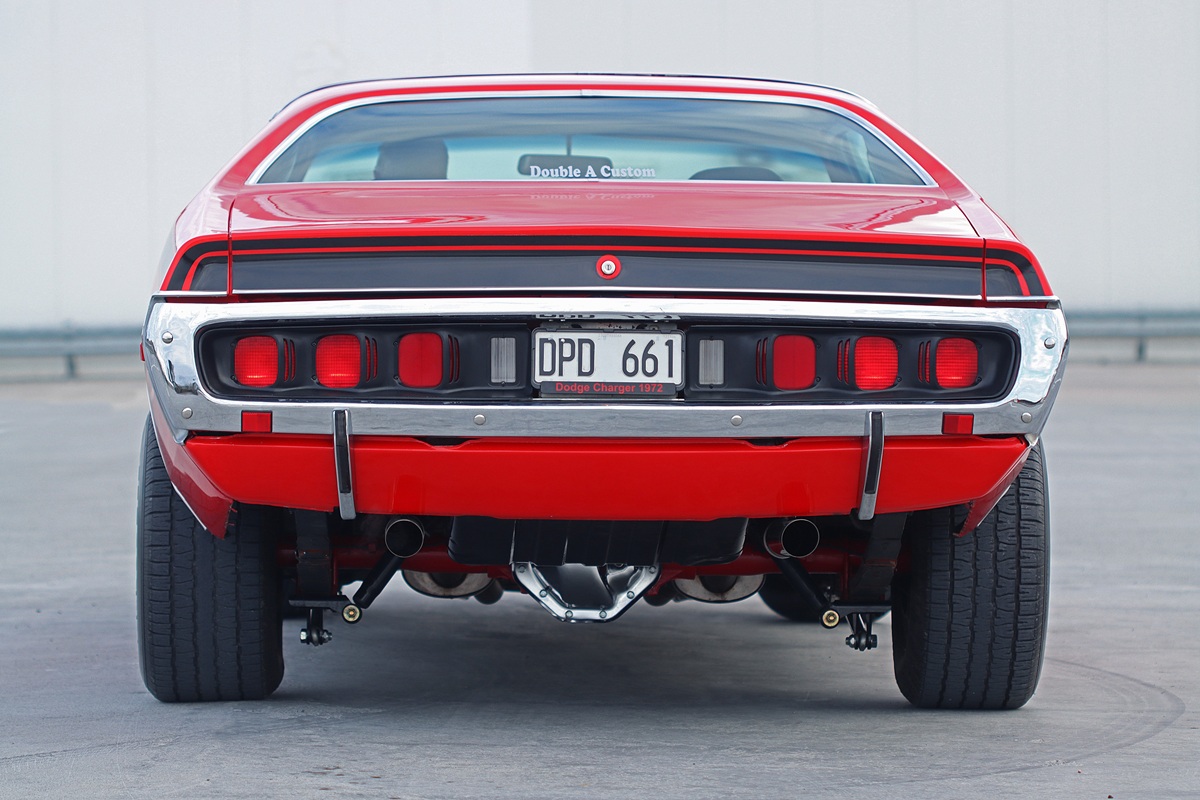
Hollgren kept the Mustang for a few years before moving on to family life, imported cars, Porsches and motorcycles.
“After that, I started building hot rods, and from there, it just snowballed into more cars. A 1965 Impala, Corvette C6 and C7, a 1959 Dodge pickup, a Challenger, a 1941 DeSoto, a 1937 Chevrolet coupe… No, I’m not fanatical about any specific brand. The most important thing is that I like how the car looks – and, of course, that it’s powerful,” Hollgren says with a big smile.

0 Comments